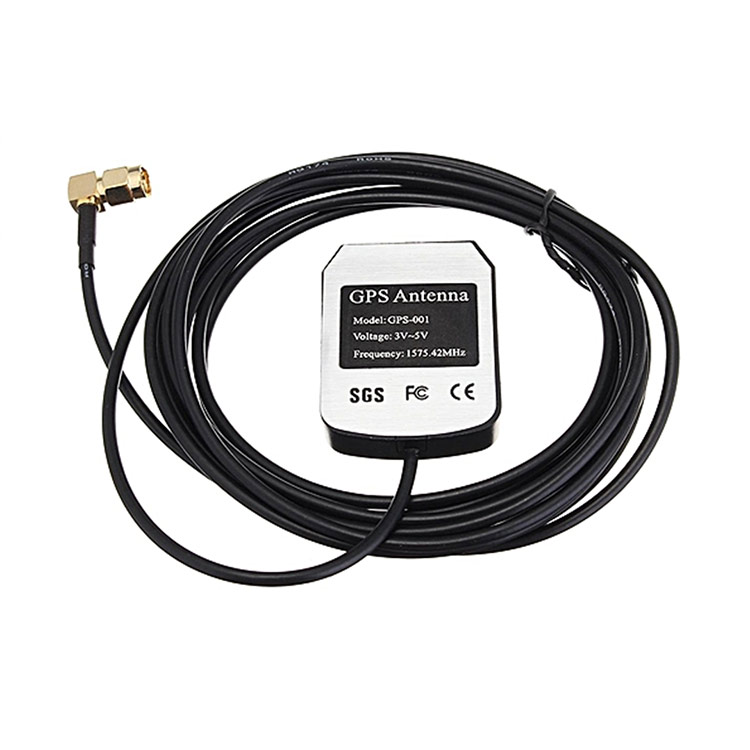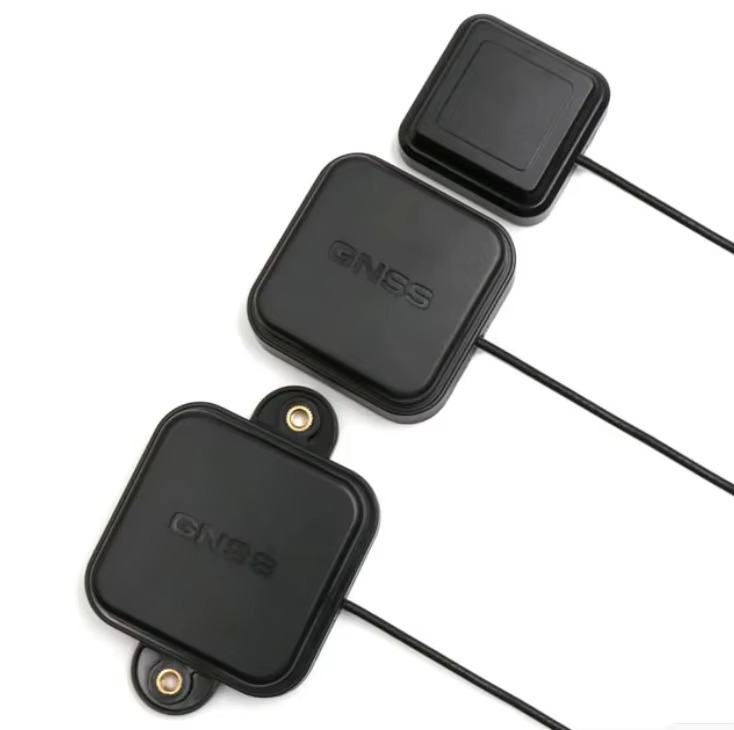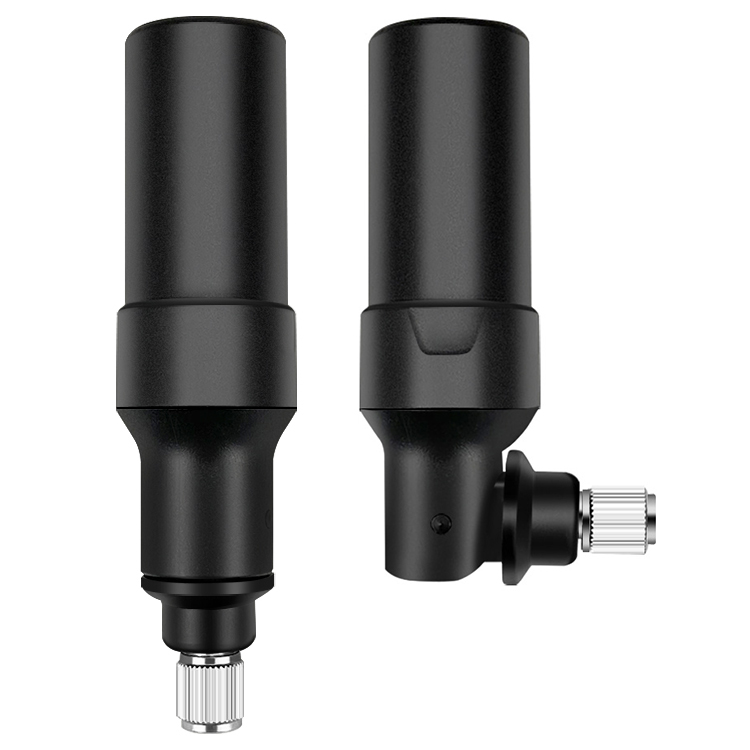The GPS L1/L2 antenna is a mature technology that remains deeply embedded in the core of countless precision applications, even as the industry advances towards multi-constellation, multi-frequency systems.
Applications:
Land Surveying: The classic application. Used on RTK base stations and rover poles for establishing control points, topographic mapping, and construction layout.
Precision Agriculture: Guiding tractors for auto-steer and variable rate application (VRA) of seeds, fertilizer, and pesticides.
Unmanned Aerial Vehicles (UAVs): Mounted on drones for PPK/RTK mapping, enabling the creation of highly accurate digital surface models and orthomosaics with minimal ground control.
Machine Guidance and Control: Providing precise location for bulldozers, graders, and excavators on construction and mining sites.
Scientific and Environmental Monitoring: Deployed on permanent stations for monitoring crustal deformation, volcanic activity, and structural health of bridges and dams.
Timing and Synchronization: Used in telecommunications networks and power grids where precise time synchronization is critical, with L2 reception providing robustness.
Future Trends:
Integration into Multi-Band Systems: The L1/L2 antenna is the historical core, but the future is multi-band (L1, L2, L5) and multi-constellation (GPS, GLONASS, Galileo, BeiDou). Modern antennas are evolving to cover all these signals in a single housing, but dedicated L1/L2 designs will remain relevant for cost-sensitive applications or systems focused solely on GPS.
Miniaturization: Advances in materials and simulation are allowing for more compact stacked patch designs without sacrificing performance, which is crucial for size-constrained applications like drones and handheld devices.
Enhanced Filtering and Resilience: As the RF environment becomes more crowded, future LNAs will incorporate more sophisticated filtering to reject interference from 5G, WiFi, and other sources of RFI, ensuring clean signal reception.
Tighter Integration: The trend is towards antennas being pre-integrated with receivers into modular units, particularly for UAVs and OEM applications, reducing cabling and simplifying system design.
Smart Antennas: Research continues into adaptive antennas that can electronically steer their beam towards visible satellites or null out sources of interference, though this is more complex than traditional passive designs.
Conclusion
The GPS L1/L2 antenna with an SMA male connector represents a pinnacle of focused engineering. It is a device designed for a specific, critical purpose: to provide the highest fidelity access to the fundamental signals required for precise positioning. While the world of GNSS is rapidly expanding to include more signals from more constellations, the L1 and L2 frequencies remain the bedrock upon which this entire ecosystem was built.
Its value lies in its specialized capability and its standardized interfacing. It takes a complex electromagnetic problem—the clean reception of two specific microwave frequencies from space—and packages the solution into a reliable, weatherproof, and connectable component. The SMA connector symbolizes its role as an interoperable building block, a module of precision that can be plugged into countless systems to elevate their capabilities from meter-level estimation to centimeter-level measurement.
For professionals in surveying, agriculture, construction, and beyond, this antenna is not obsolete; it is a proven, reliable, and often cost-effective tool that continues to deliver the performance required for mission-critical applications. It embodies the principle that true precision often starts not with complex algorithms, but with the quality of the raw data. And by mastering the art of capturing the L1 and L2 signals with clarity and stability, this antenna will remain an essential component in the toolbox of precision long into the future, a testament to the enduring importance of getting the fundamentals right.




































































 Language
Language
 En
En Cn
Cn Korean
Korean

 Home >
Home > 







 18665803017 (Macro)
18665803017 (Macro)













